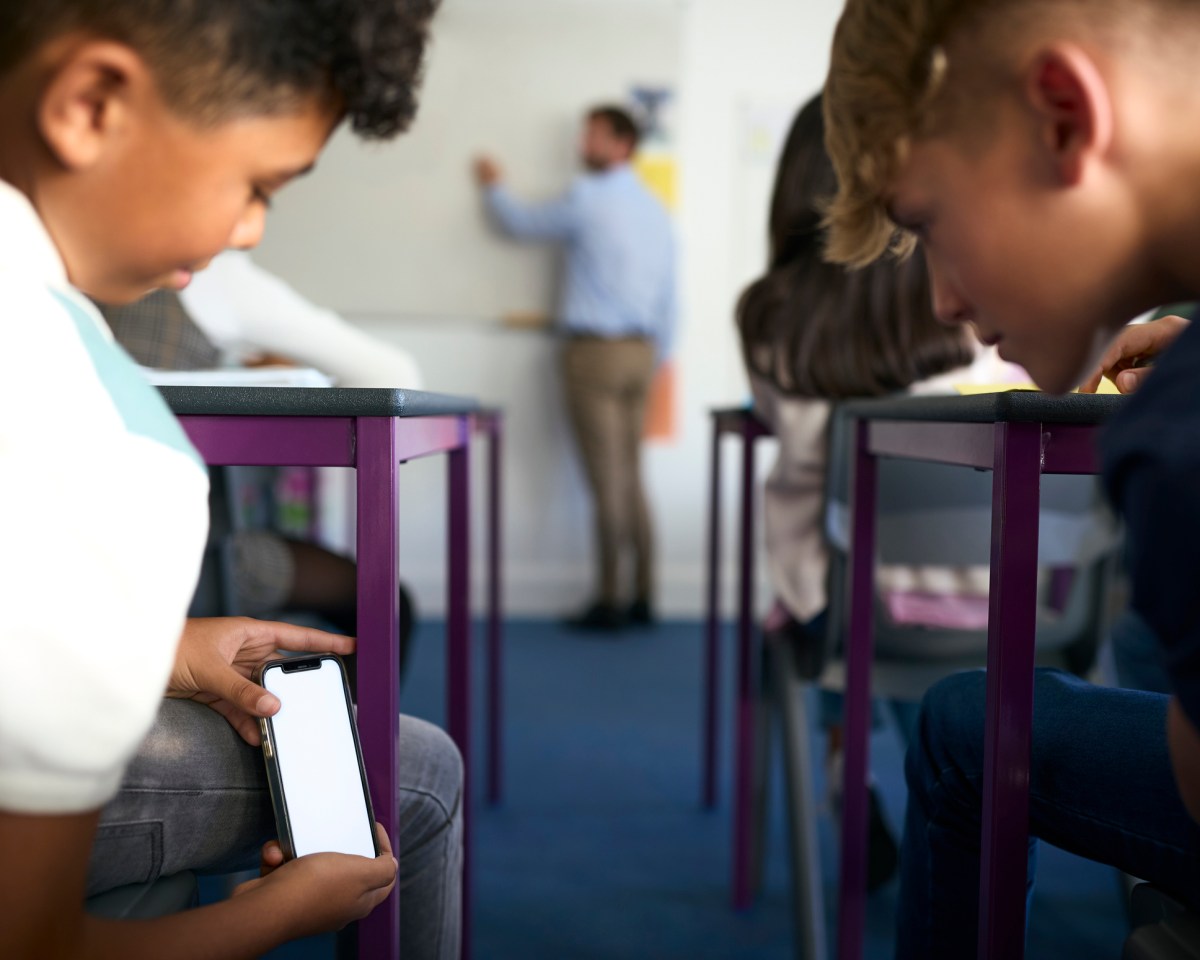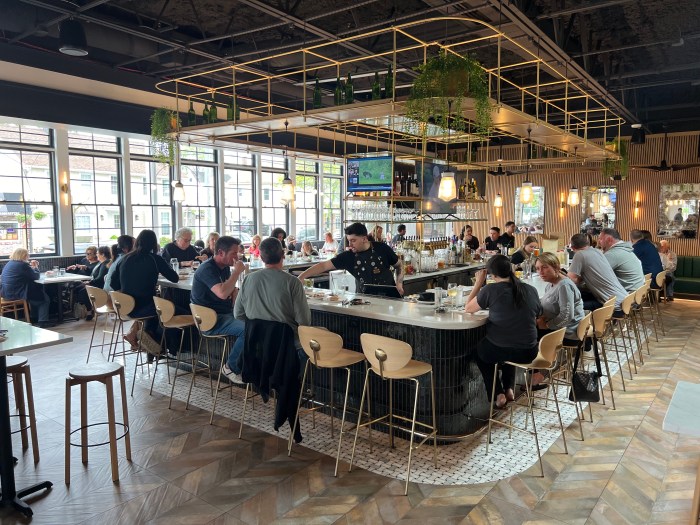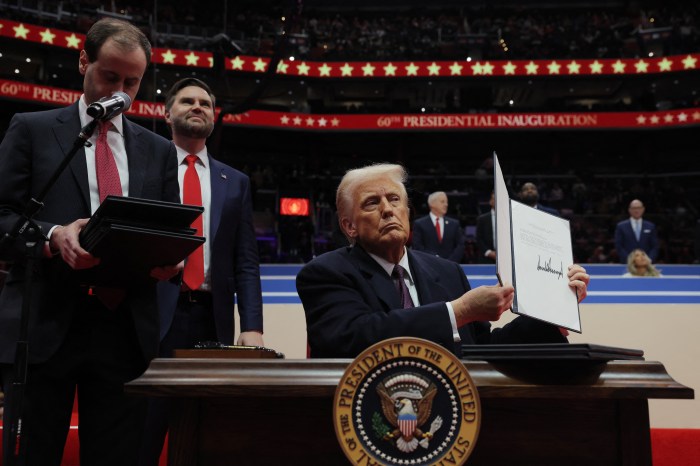Nearly a dozen Long Island school districts have joined in a lawsuit in federal court in recent weeks, charging that social media giants such as Facebook, TikTok, and Snapchat are having an “addictive and dangerous” impact on youngsters and doing “harm” to them. The school districts from Suffolk County in the suit are Brentwood, East Islip, Kings Park, Port Jefferson, Islip, and South Huntington.
The lawsuit is part of a national legal effort by school systems.
And it comes as U.S. Surgeon General Dr. Vivek Murthy has announced he would push for a warning label on social media platforms advising that they might present a “risk of harm to the mental health and well-being of children and adolescents.” There would be labels like those now appearing on tobacco and alcohol products. Murthy is recommending that parents set limits on cellphone use by their children, that Congress act to deal with platforms that “prey on developing brains and contribute to excessive use,” and that companies behind the platforms make changes.
“I don’t think we can solely rely on the hope that the platforms can fix this problem on their own,” said Murthy. “They’ve had 20 years.”
In February, the New York City administration of Mayor Eric Adams filed a lawsuit charging that TikTok, Instagram, Facebook, Snapchat, and YouTube platforms were designed to “purposely manipulate and addict children and teens to social media applications.”
Last year, New York Attorney General Letitia James and 32 other state attorneys general filed a lawsuit charging that Meta, Facebook’s parent company, purposely installed “addictive” features. James claimed that Meta has “profited from children’s pain.”
In May, New York Governor Kathy Hochul announced she wants to explore a “compromise”—a ban on internet access by cellphones by students, but otherwise, they’re unable to use them in school. “If you want to reach your parents because there’s an emergency [such as] you forgot your lunch money, you can communicate if it’s essential,” said Hochul. “But to have access to the whole internet while you’re supposed to be in class is a different question.”
Recently, Virginia Governor Glenn Youngkin issued an executive order to have the state limit or ban cell phone use in schools.
“Creating cell phone and social-media free educational environments in Virginia’s K-12 education system will benefit students, parents, and educators,” he said. He directed the Virginia Department of Education to establish guidelines with a “clear goal to protect the health and safety of our students by limiting the amount of time they are exposed to addictive cell phones and social media and eliminate clear distractions in the classroom.”
A Pew Research Center report issued this month found that 72 percent of high school teachers in the U.S. regard cell phone use as a “major problem in the classroom.”
In Suffolk County, several school districts have been considering or have initiated bans on using cell phones in the classroom. Cellphone use in schools has been barred in countries including France, Finland, China, Italy, Portugal, the United Kingdom, Sweden, and the Netherlands.
As for me, I’ll be starting my Fall 2024 classes at the State University of New York at Old Westbury at the end of August and again tangling with a problem that didn’t exist when I began as a journalism professor 46 years ago. Now I need to add to my syllabi the passage: “Smartphones and similar electronic devices, because they divert a student’s attention, are not to be used during class. Please put your smartphone or similar device away and forget about texting or checking on email during class.”
I find my Apple iPhone indispensable—indeed, when I misplace it, anxiety sets in until I happily locate it. But, as I verbally tell the students, voicing compassion for their digital pause, I don’t think using a smartphone in class is OK due to its interference with learning.






























